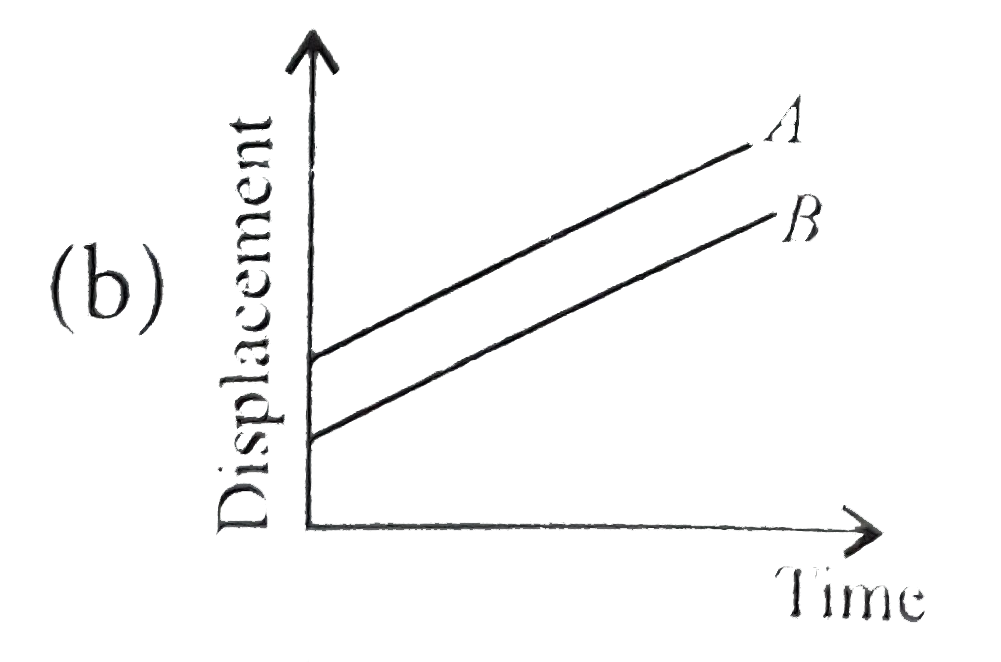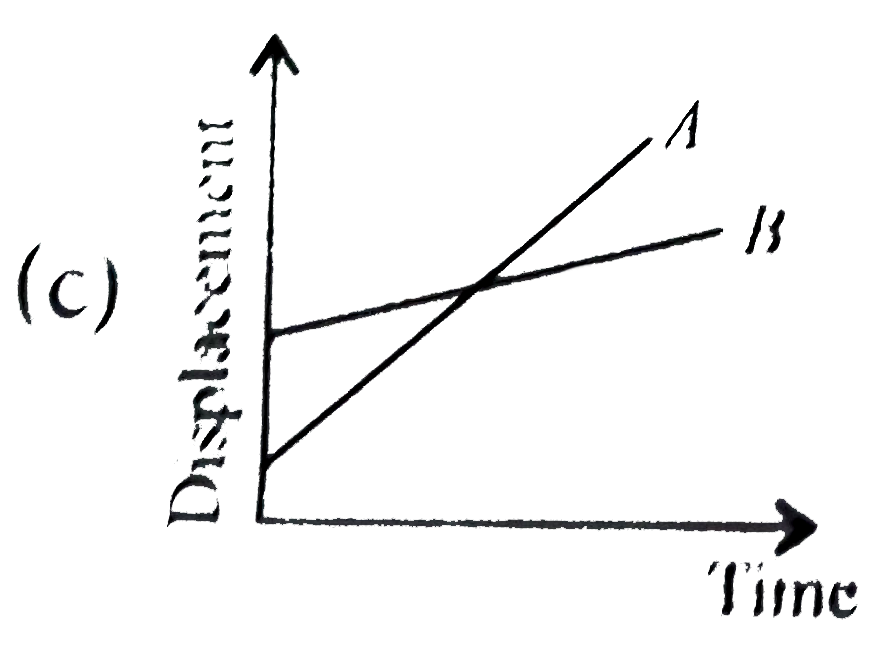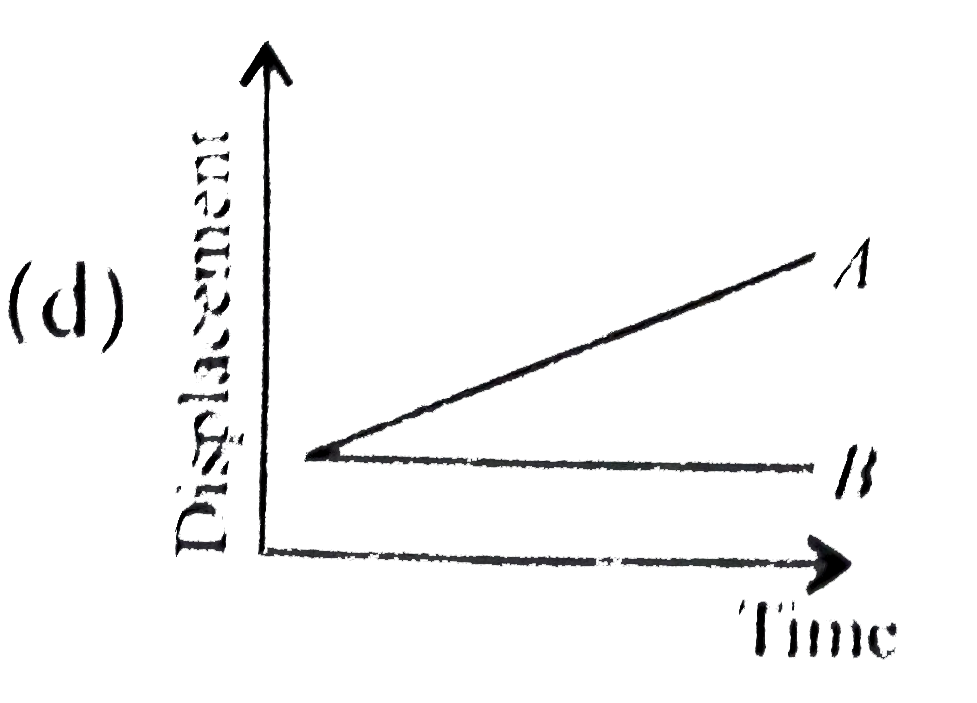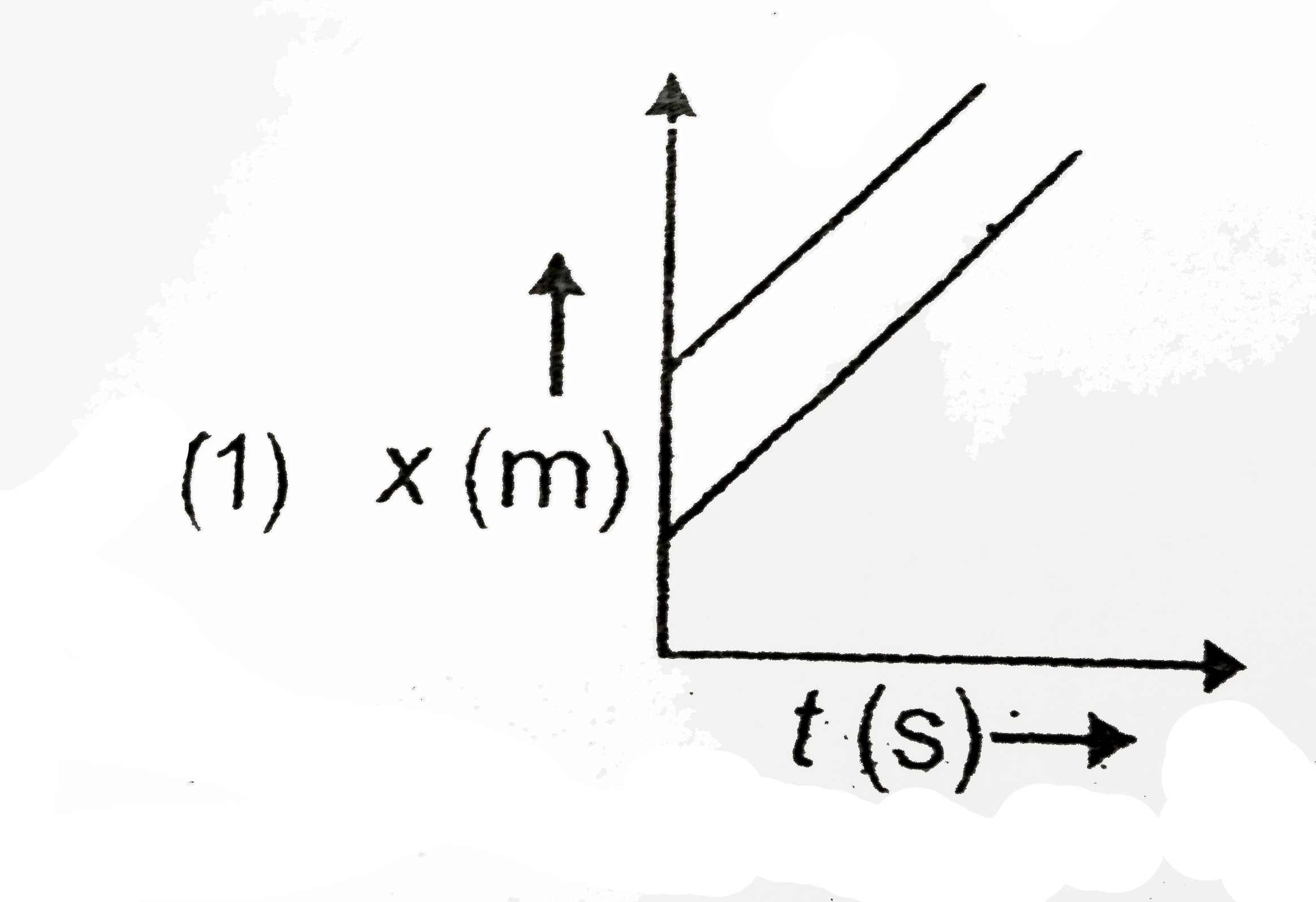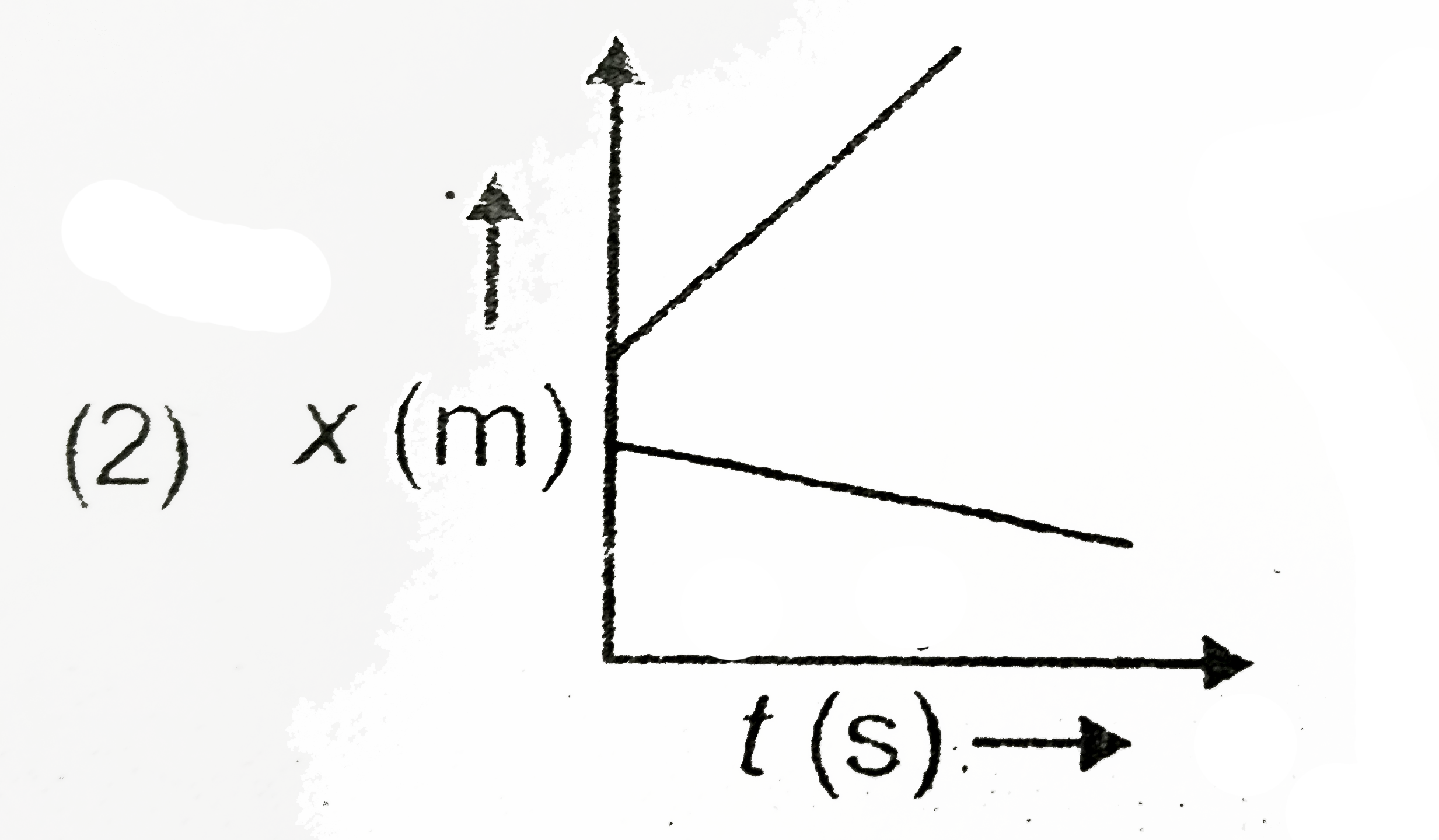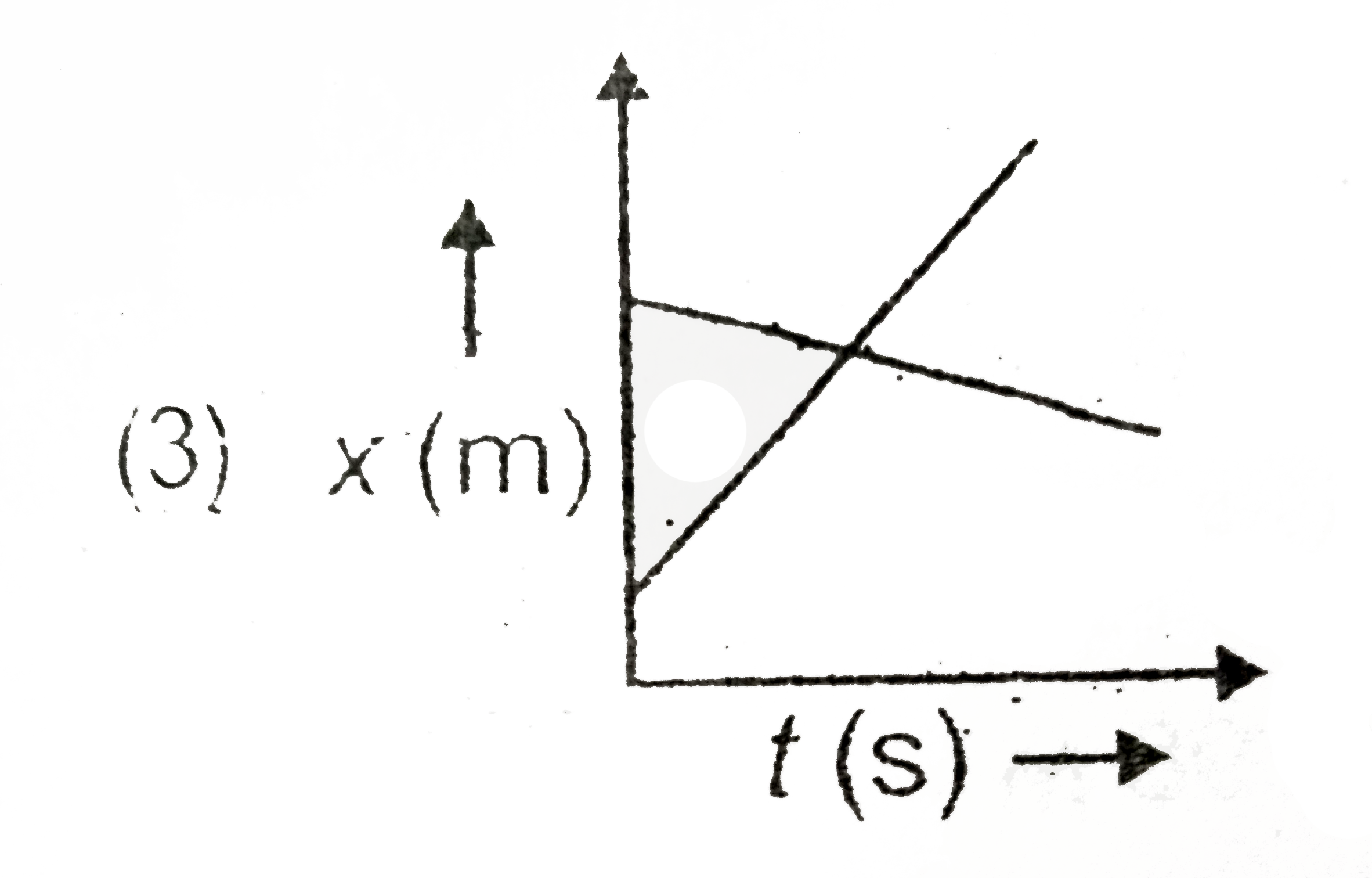A
B
C
D
Text Solution
AI Generated Solution
The correct Answer is:
|
Topper's Solved these Questions
MOTION IN A STRAIGHT LINE
NCERT FINGERTIPS|Exercise Higher Order Thinking Skills|10 VideosView PlaylistMOTION IN A STRAIGHT LINE
NCERT FINGERTIPS|Exercise NCERT Exemplar|6 VideosView PlaylistMOTION IN A STRAIGHT LINE
NCERT FINGERTIPS|Exercise Kinematic Equations For Uniformly Accelerated Motion|32 VideosView PlaylistMOTION IN A PLANE
NCERT FINGERTIPS|Exercise Assertion And Reason|15 VideosView PlaylistOSCILLATIONS
NCERT FINGERTIPS|Exercise Assertion And Reason|15 VideosView Playlist
Similar Questions
Explore conceptually related problems
Knowledge Check
Similar Questions
Explore conceptually related problems
NCERT FINGERTIPS-MOTION IN A STRAIGHT LINE-Relative Velocity
- A ball A is dropped from a building of height 45 m. Simultaneously a...
02:24
|
Play - A ball A is thrown up vertically with a speed u and at the same instan...
02:32
|
Play - two car A and B are moving with velocities of 60 kmh^(-1) and 45 kmh^(...
02:06
|
Play - In question number 85, what is the relative velocity of a car A with r...
Text Solution
|
Play - On a two lane road , car (A) is travelling with a speed of 36 km h^(-...
04:14
|
Play - A bird is tossing (flying to and fro) between two cars moving towards ...
05:28
|
Play - A police van moving on a highway with a speed of 30 km h^(-1) Fires a ...
04:39
|
Play - A bus is moving with a speed of 10 m s^(-1) on a straight road. A scoo...
03:29
|
Play - Two town A and B are connected by a regular bus service with a bus lea...
Text Solution
|
Play - A 175 m. long train is travelling along a straight track what a veloci...
03:05
|
Play - Two parallel rail tracks run north-south. On one track train A moves n...
02:09
|
Play - In the question number of 93, what is the velocity of a monkey running...
Text Solution
|
Play - A train A which is 120 m long is running with velocity 20 m/s while tr...
02:42
|
Play - A jet airplance travelling at the speed of 500 km ^(-1) ejects its pr...
01:32
|
Play - On a long horizontally moving belt, a child runs to an fro with a spe...
04:30
|
Play - In the question number 97, the speed of the child running opposite to ...
Text Solution
|
Play - In the question number 97, time taken by the child to go from father t...
Text Solution
|
Play - Which one of the following represents displacement-time graph of two o...
03:31
|
Playing Now

